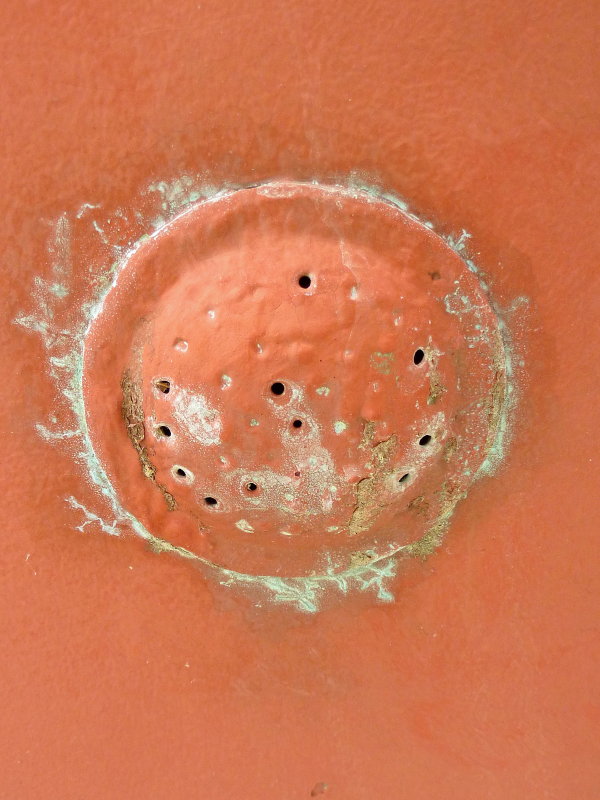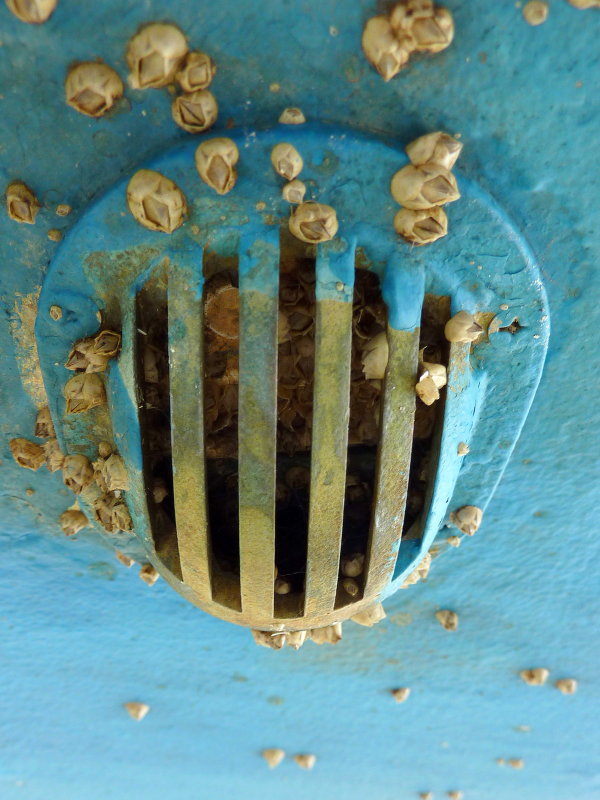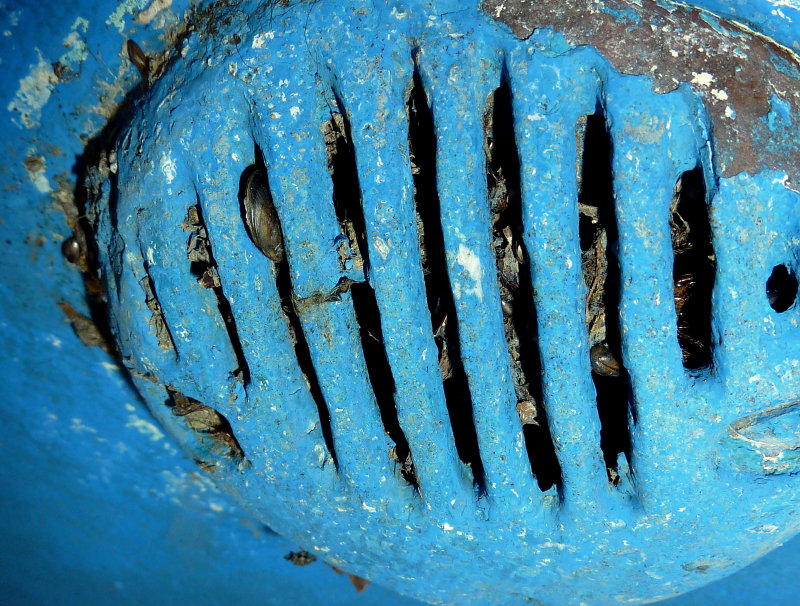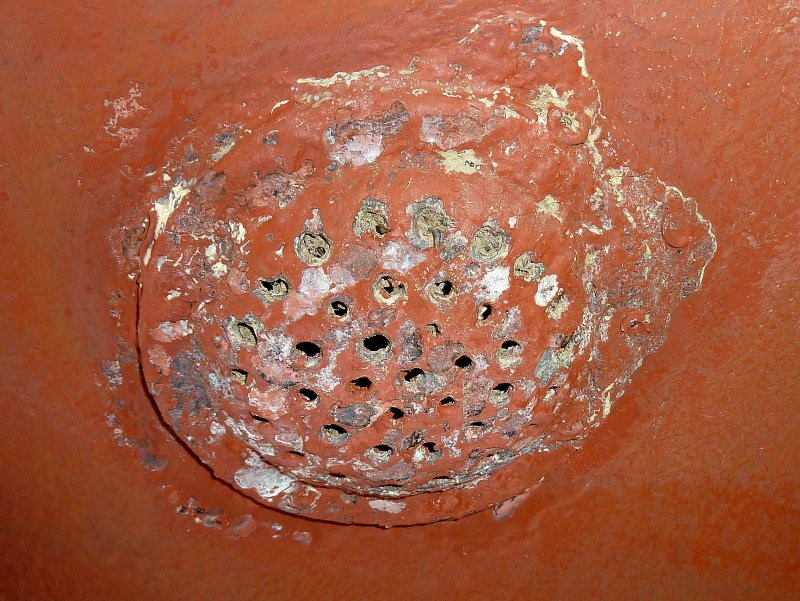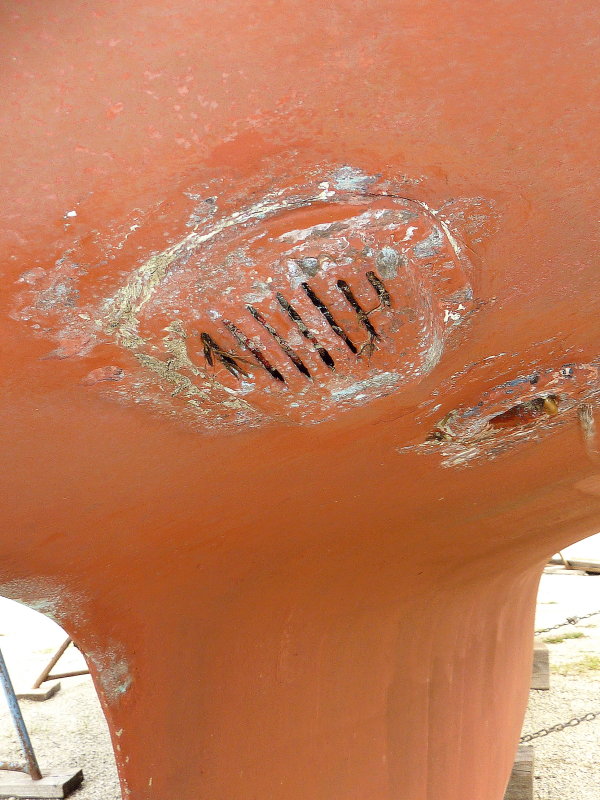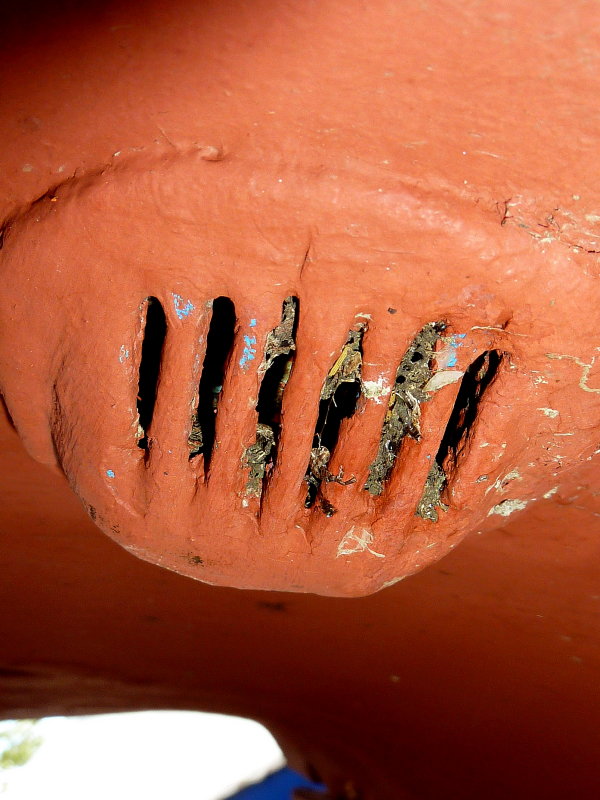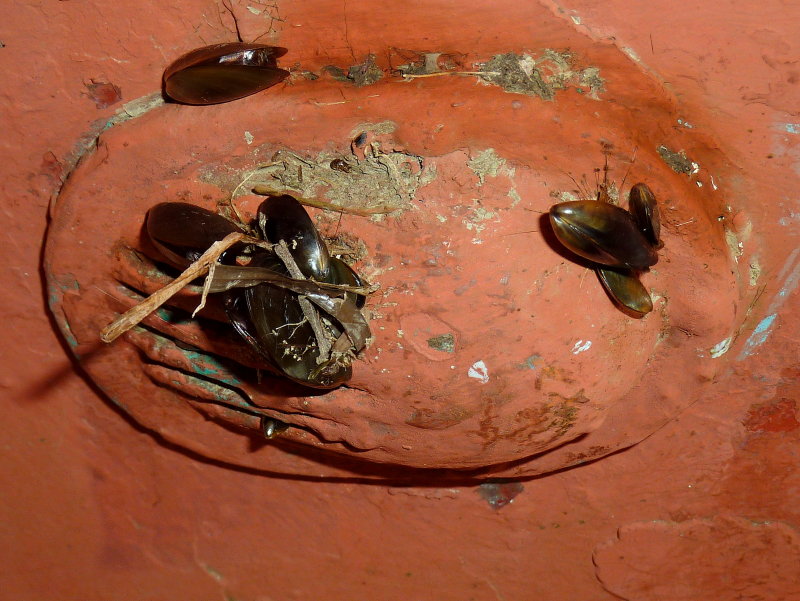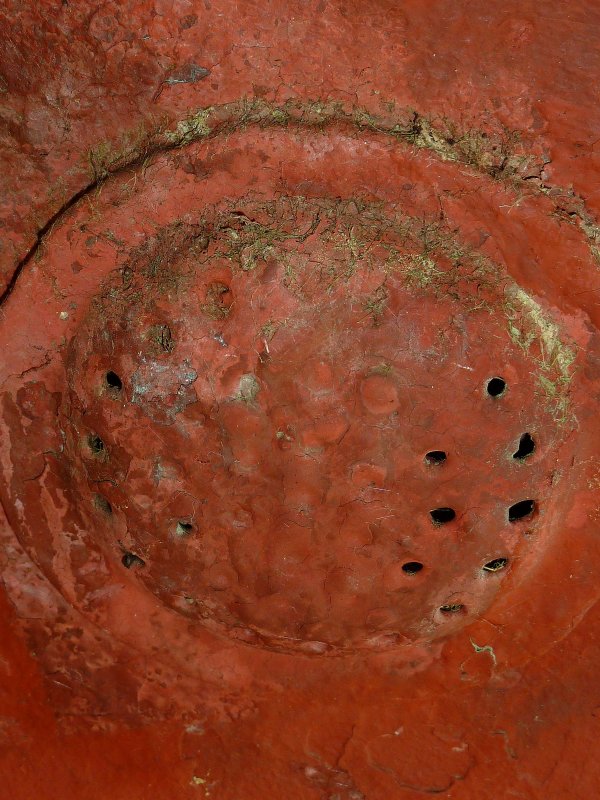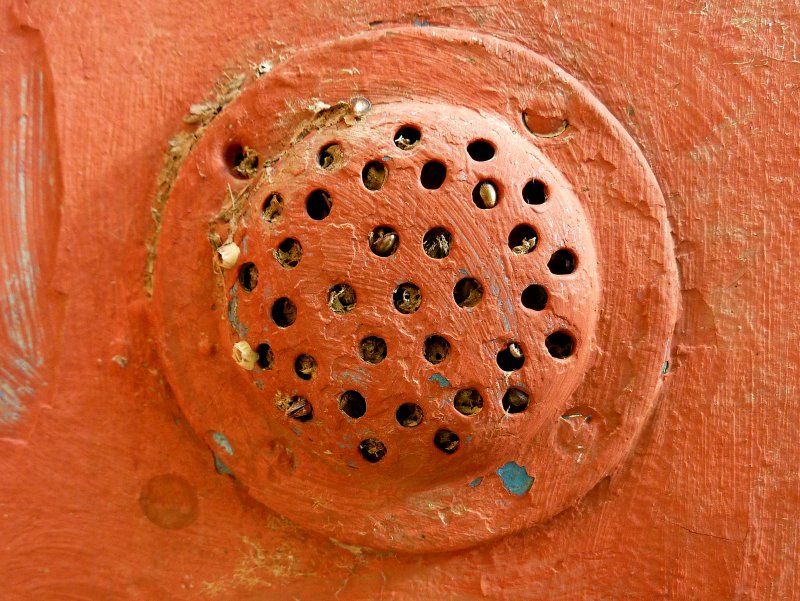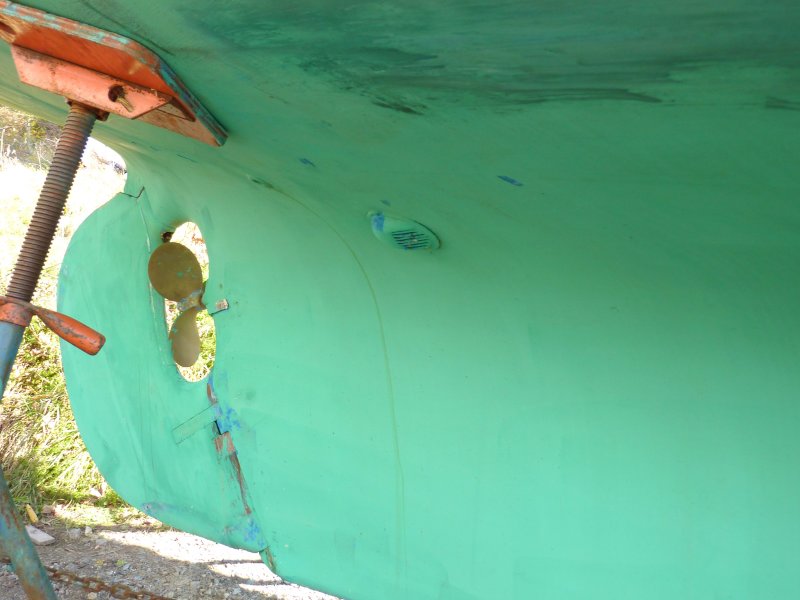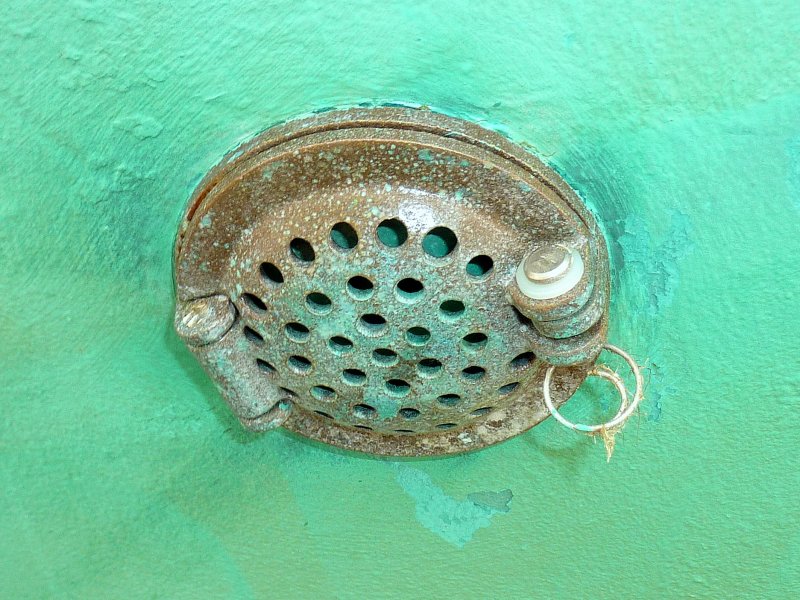toddbrsd
Ex-Viking, Now Native American
OK, this is kind of last minute but here goes. My boat is currently on the hard. The engine intake thru-hull is being replaced (amongst other things!) The one removed had a screen similar to the one here:
http://store.hamiltonmarine.com/bro...plain-bronze-with-screen-103632-/4,17829.html
I have been able to google the pros and cons on whether or not to replace it with a screen or not. So I know the issues relative to clogging and flushing the line associated with having the screen.
I do have an in-line filter. It almost seems to boil down to a regional issue, so I am probably more interested in So. California experiences but would welcome any and all. I have the hull cleaned monthly. I am aware that the marina does have some eel grass, but it is not pervasive.
BTW, I visited the shipyard today and the replaced thru-hull does not have the screen on it and I didn't think to inquire. I was too busy pumping the bildge out (more on that later!) Because of the rain here, it is likely not to be ready until next week. So I want to make a decision relatively quickly.
I will give a full report on the maintenance and associated costs once everything is done, because I know that is always an interesting topic.
http://store.hamiltonmarine.com/bro...plain-bronze-with-screen-103632-/4,17829.html
I have been able to google the pros and cons on whether or not to replace it with a screen or not. So I know the issues relative to clogging and flushing the line associated with having the screen.
I do have an in-line filter. It almost seems to boil down to a regional issue, so I am probably more interested in So. California experiences but would welcome any and all. I have the hull cleaned monthly. I am aware that the marina does have some eel grass, but it is not pervasive.
BTW, I visited the shipyard today and the replaced thru-hull does not have the screen on it and I didn't think to inquire. I was too busy pumping the bildge out (more on that later!) Because of the rain here, it is likely not to be ready until next week. So I want to make a decision relatively quickly.
I will give a full report on the maintenance and associated costs once everything is done, because I know that is always an interesting topic.

